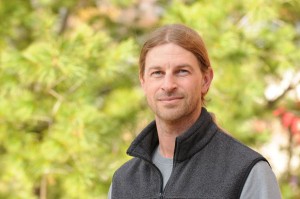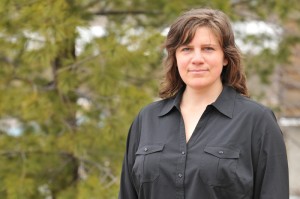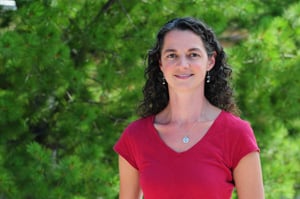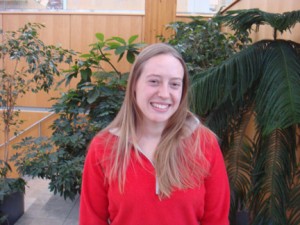Assistant Professor Audrey Mayer presented work on information theory and sustainable landscapes in a symposium on Coupled Human And Natural Systems (CHANS) at a meeting of the International Association of Landscape Ecology in Newport, Rhode Island, this week. Azad Henareh Khalyani, a PhD candidate in forest science, presented a poster on his remote-sensing work on a protected area in northwestern Iran.
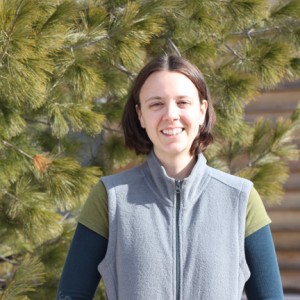
Research Assistant Professor Sara Robinson is crafting a pilot course with a decidedly interdisciplinary focus–for students of all backgrounds and majors, including engineers, scientists, chemists, artists, wood enthusiasts and writers.
“Wood in the Modern Age” will be offered beginning in fall 2012 semester. It is intended to develop a fundamental understanding of the properties, characteristics, and role of wood in today’s society–along with its importance in sustainable building.
The course will focus on wood as a biological material and expore its relationship to art, architecture, engineering and science. It is for both undergraduate and graduate students; class sessions will be in the evening.
The course work will culminate with a design project in which the knowledge gained–combined with the unique background of each student–will be applied to a final project. Class instruction will combine lecture, laboratory and studio time, as well as situational learning experiences.
This offering, which also will be open to students at Finlandia University, adds to the more than 100 classes at Tech that have a sustainability component. Robinson says it is a good fit for a world that is increasingly complex and interdependent.
| by Marcia Goodrich, Michigan Tech magazine editor
Pressure-treated wood is great stuff, but the chemicals used to preserve it from decay can leach out, where they can be toxic to bugs, fungi and other hapless creatures that have the bad luck to be in the neighborhood. Now, a team of scientists has used nanotechnology to keep the chemicals inside the wood where they belong. “It’s a new method that uses nanoparticles to deliver preservatives into the lumber,” said chemistry professor Patricia Heiden. “In our experiments, it reduced the leaching of biocides by 90 percent.” The nanoparticles are tiny spheres of gelatin or chitosan (a material found in the shells of shrimp and other shellfish) chemically modified to surround the fungicide tebuconazole. The little spheres require no special handling. “You just pressure-treat the wood in the usual way,” Heiden said. The initial tests show that the nanoparticle-treated wood is just as resistant to rot and insects as conventionally treated lumber. The researchers are now testing the wood in the warm, wet weather of Hawaii. The research is funded by the US Environmental Protection Agency. Also contributing to the project are chemistry PhD student Xiaochu Ding and, from the School of Forest Research and Environmental Science, Research Engineer/Scientist II Dana Richter, Senior Research Engineer/Scientist Glenn Larkin, Assistant Research Scientist Erik Keranen and Professor Peter Laks. |
The Summer Undergraduate Research Fellowship (SURF) program will support 20 students from across the University with funds from the Vice President for Research and the Honors Institute. The total funding for this summer’s program is $66,000. From the School of Forest Resources and Environmental Science, the following students were recipients:
| Student | Major | Advisor | Proposal |
| Lauren Manninensssssss | Forestrysssss | Tarasoff & Kane |
A comparison of the carbon sequestration potential of C3 vs C4 grasses in Michigan’s Upper Peninsula |
| Jarrod Nelson | Forestry | Thomas Pypker | A comparison of stemflow precipitation volume and nutrient content between red maple (acer rubrum) and black ash (fraxinus nigra) |
| Justina Silva | AEES | Erik Lilleskov | Enzyme activity in changing peatland plant communities and their effect on carbon cycling |
A news story by Associated Press wire service about the latest research on the wolves and moose of Isle Royale National Park, conducted by Professor Emeritus Rolf Peterson and Associate Professor John Vucetich , was published by newspapers nationwide, including the San Francisco Chronicle and the Atlanta Journal-Constitution. It was also aired by radio and TV stations. See SF Gate.
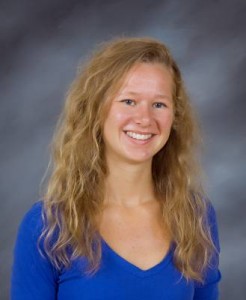 Rachel Mason earned her third All-American honor at the USSA Mariott Junior National Skiing Championships on Friday, March 9. She finished eighth in the five-kilometer classic race in a time of 15:11. Rachel Mason earned her third All-American honor at the USSA Mariott Junior National Skiing Championships on Friday, March 9. She finished eighth in the five-kilometer classic race in a time of 15:11.
Rachel, along with 15 student-athlete teammates also earned National Ski Coaches Association All-Academic Ski Team honors. The student-athletes needed to have a 3.5 grade point average for the Fall semester of 2011. |
